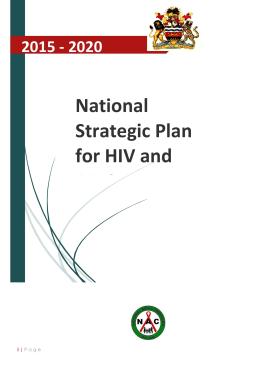2015-2020 National-Stategic Plan for HIV MALAWI
2015-2020 National-Stategic Plan for HIV MALAWI
HIV prevalence in Malawi is declining overall with new infections reducing from 55,000 in 2011 to 34,000 in 2013. Implementation of effective prevention, treatment, care and support interventions in the national response need to take into consideration certain realities. These realities include the fact that at least half of these infections are occurring among young people aged 15-24 years; and the majority of people being infected are those who were previously considered to be at low risk, for example, couples and partners in stable sexual relationships; the lessons the country has learned through a successful public health approach treatment program, HIV testing and treatment not only improves the lives of those infected but contribute substantially to prevention and the changing legal and social landscape for key populations such as men having sex with men and sex workers.
Early Antiretroviral treatment (ART) is the most powerful intervention available to prevent HIV morbidity and mortality, particularly in the context of Malawi’s health services with limited capacity to diagnose and manage HIV-related diseases. There is overwhelming evidence, including from Malawi, that early ART reduces TB risk by 51%, AIDS-defining clinical events by 51%, and primarily clinical events by 27%

